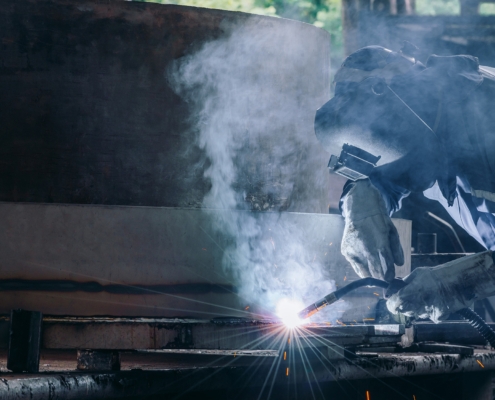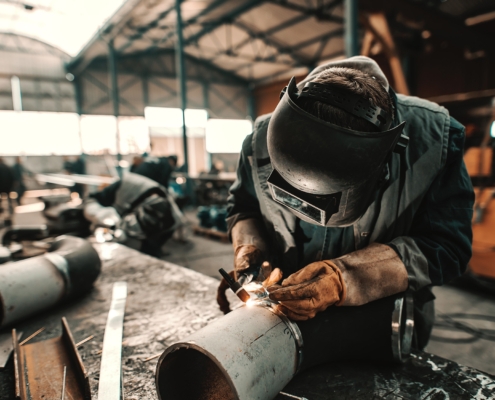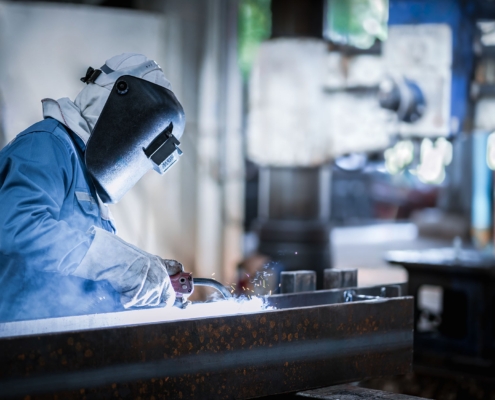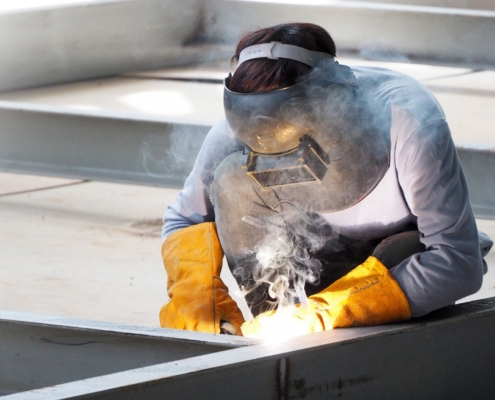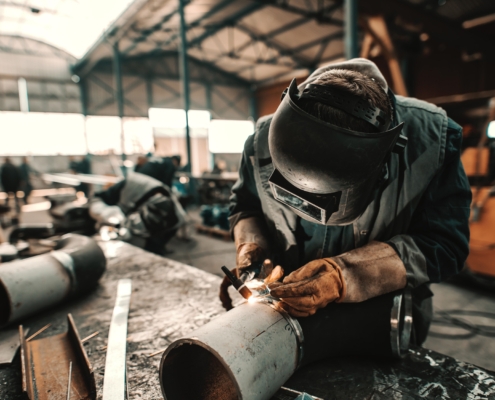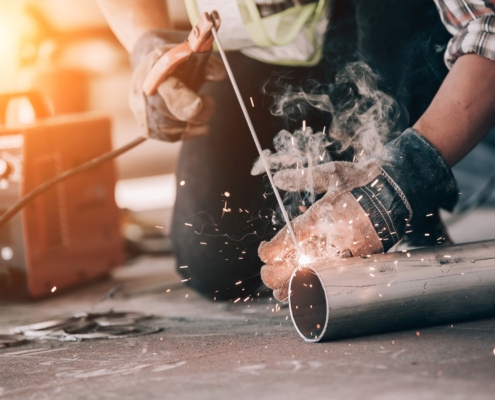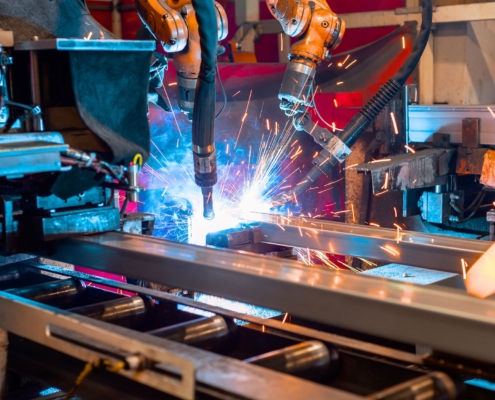Why Automated Positioning Systems Fail—And How to Avoid It
Investing in an automated positioning system can be a game-changer for your welding operation—but only if it’s implemented correctly. In this article, we’ll break down the most common pitfalls companies face when introducing automation into their welding workflow and show you how to avoid them. Whether you’re just starting out or looking to optimize your current system, these insights will help ensure your investment pays off.

